Rob Etmanski
Animator
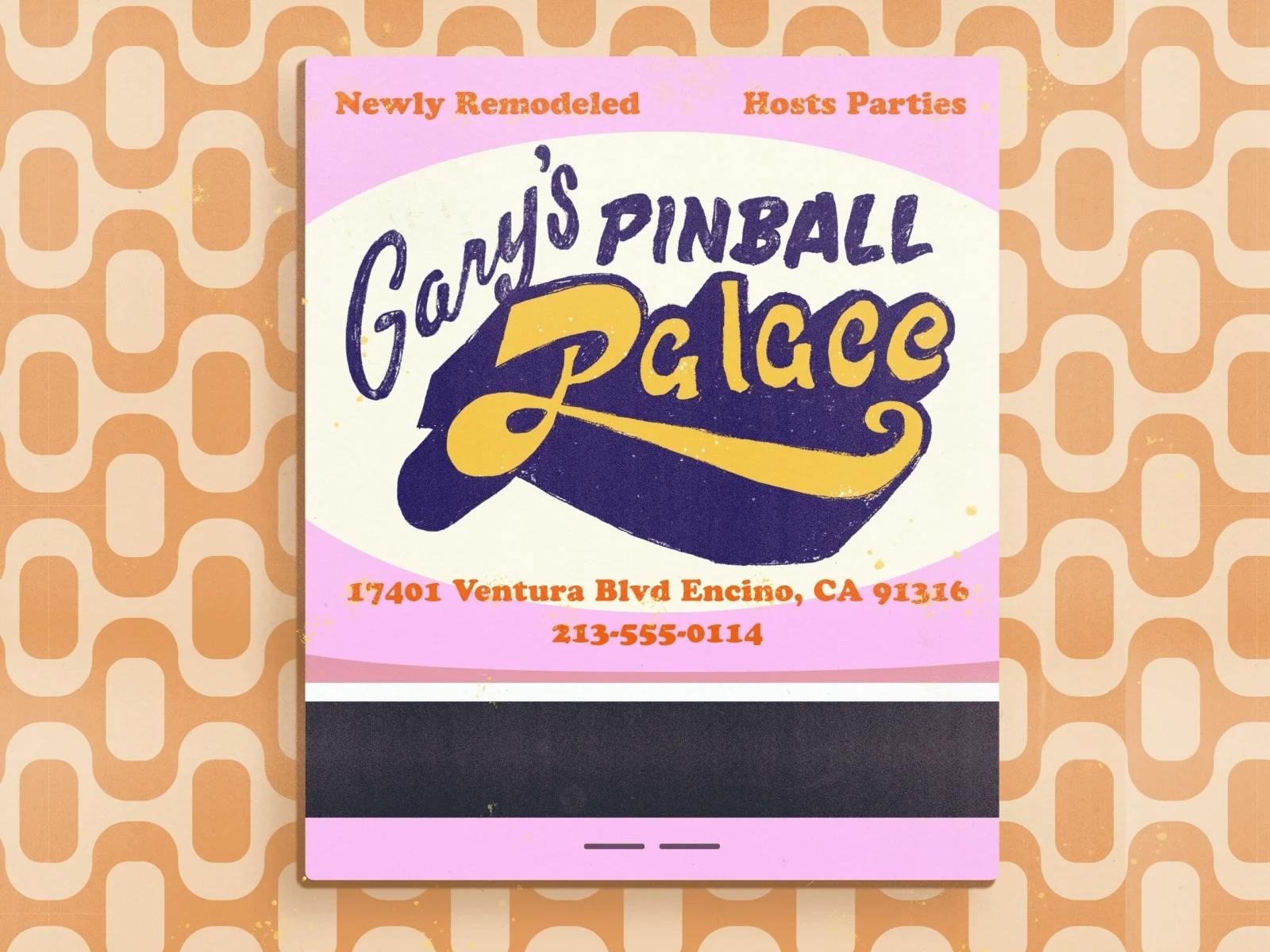
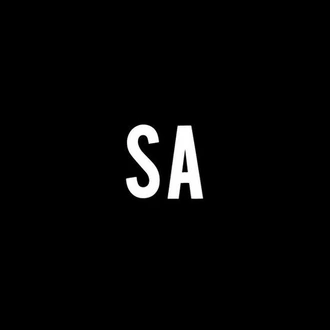
Making Brands Beyond Logos
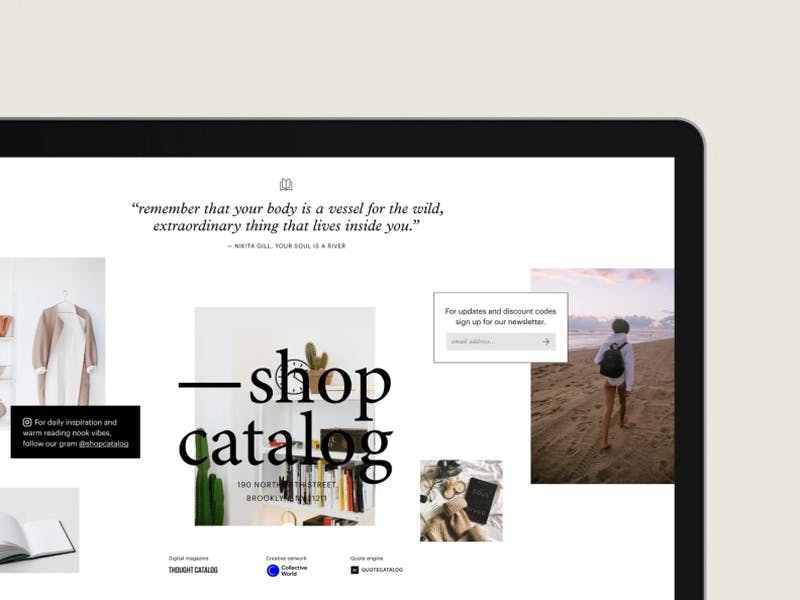
Gage Salzano: I grew up in a small town north of Pittsburgh on the OH-PA border. There weren’t a lot of examples of people who supported themselves through the arts. My uncle opened a tattoo parlor, which taught me that you can find a way to make money from your craft and, with enough persistence, you open up your avenue. I also had a fantastic high school art teacher named Mrs. Gryn who inspired me to enroll in a graphic design program by always reminding us that there is a bigger world out there and by discussing other professions and methods to support ourselves using our skills.
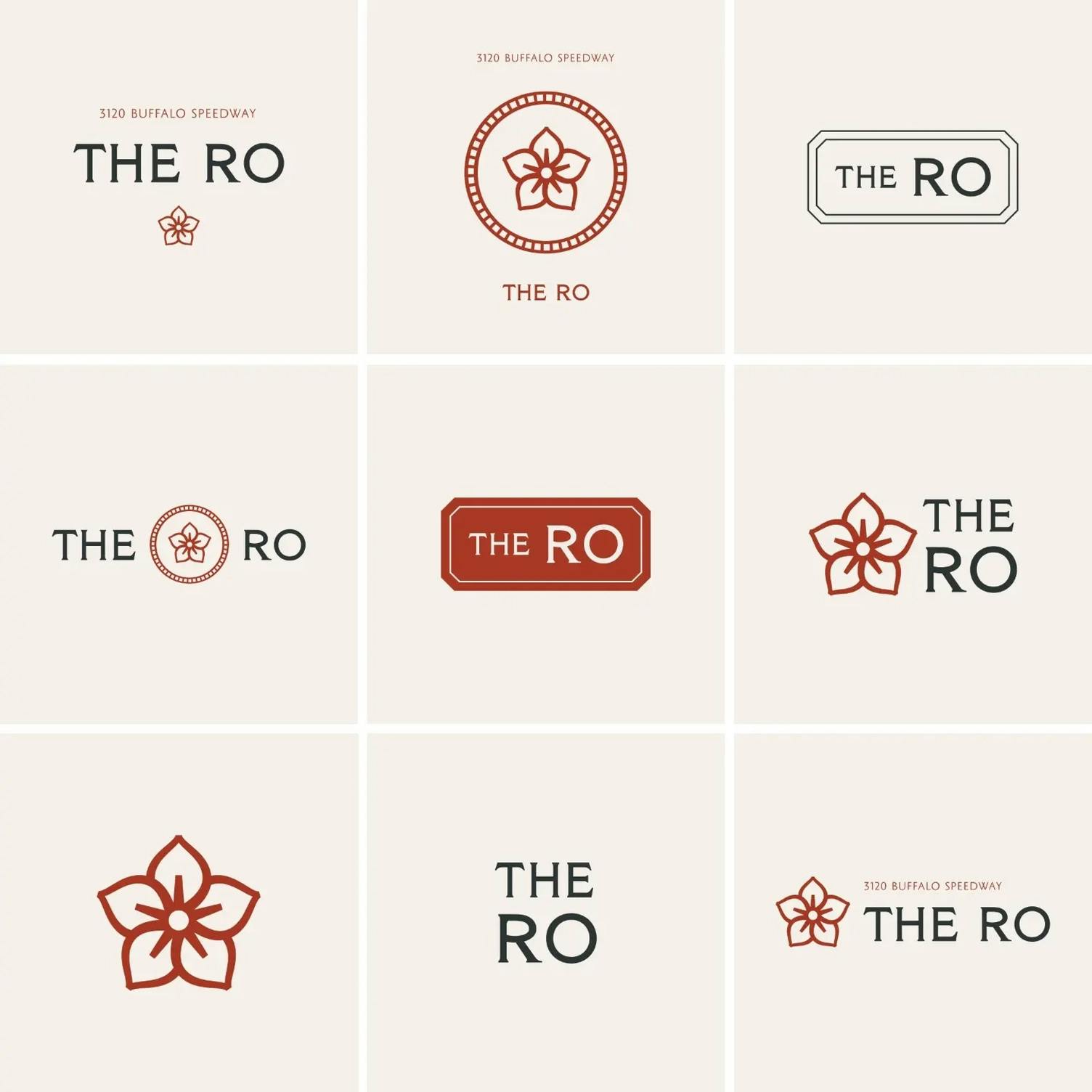
Gage Salzano: Studio Apt sprung out of the pandemic lockdown when we had no choice but to work from home, as sort of a tongue-in-cheek reference to tiny NYC apartments where a 1 bedroom is more like a studio. But it has lasted through a couple now where I have a little more room.
The principle theory in what Studio Apt represents to me is operating like an in-house creative team vs an agency that comes with its own set processes and vendors. It’s sort of like a tiny mobile studio that can be snapped into your team for the time being.
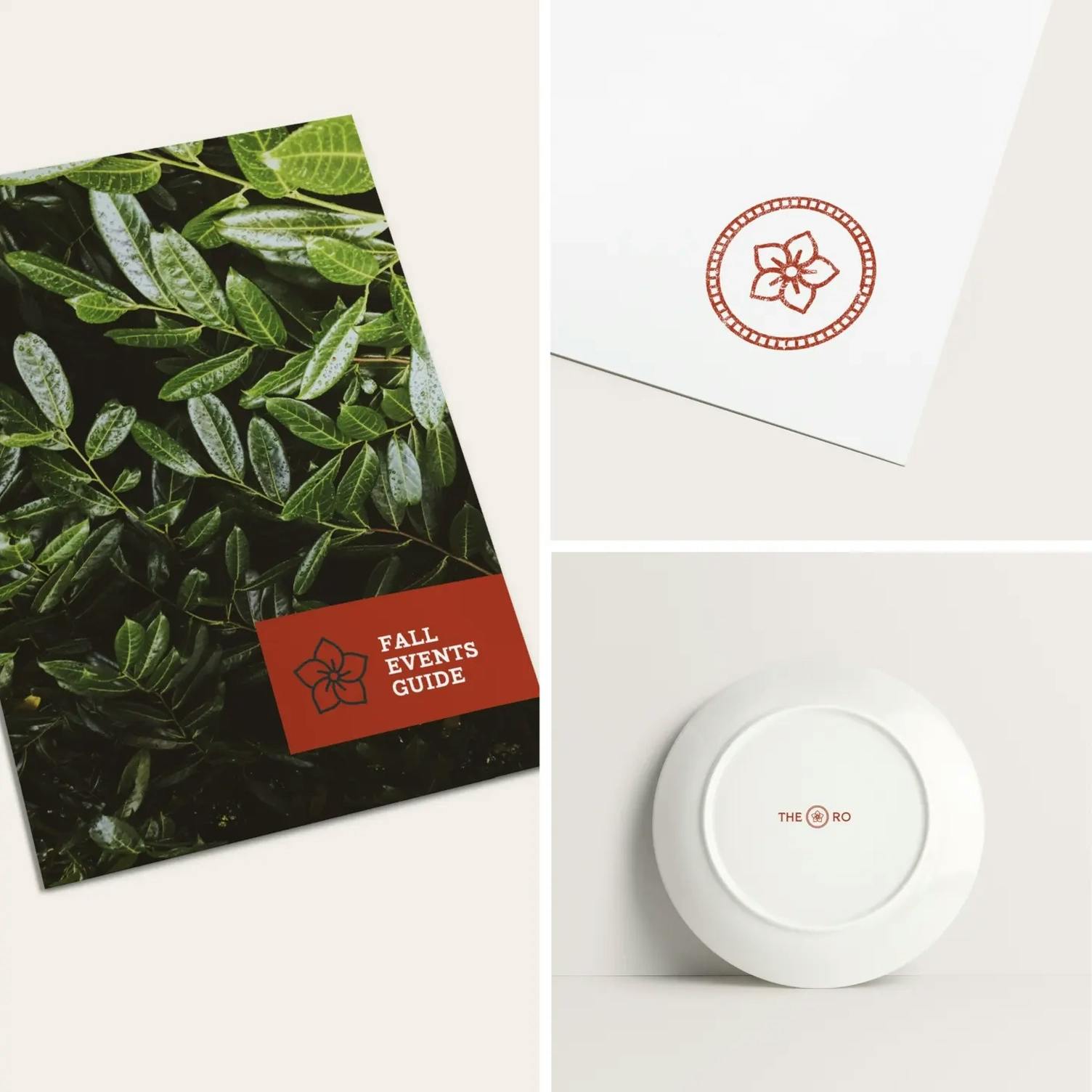
Gage Salzano: In my opinion, a successful brand identity communicates what the business or person does in a way that is both memorable and simple to understand. It’s distinctive from the market but also feels appropriate to the subject matter and the values the designers are trying to showcase. Some of my favorite examples in recent times are Collins for Sweetgreen and Mucca for Tin Building.
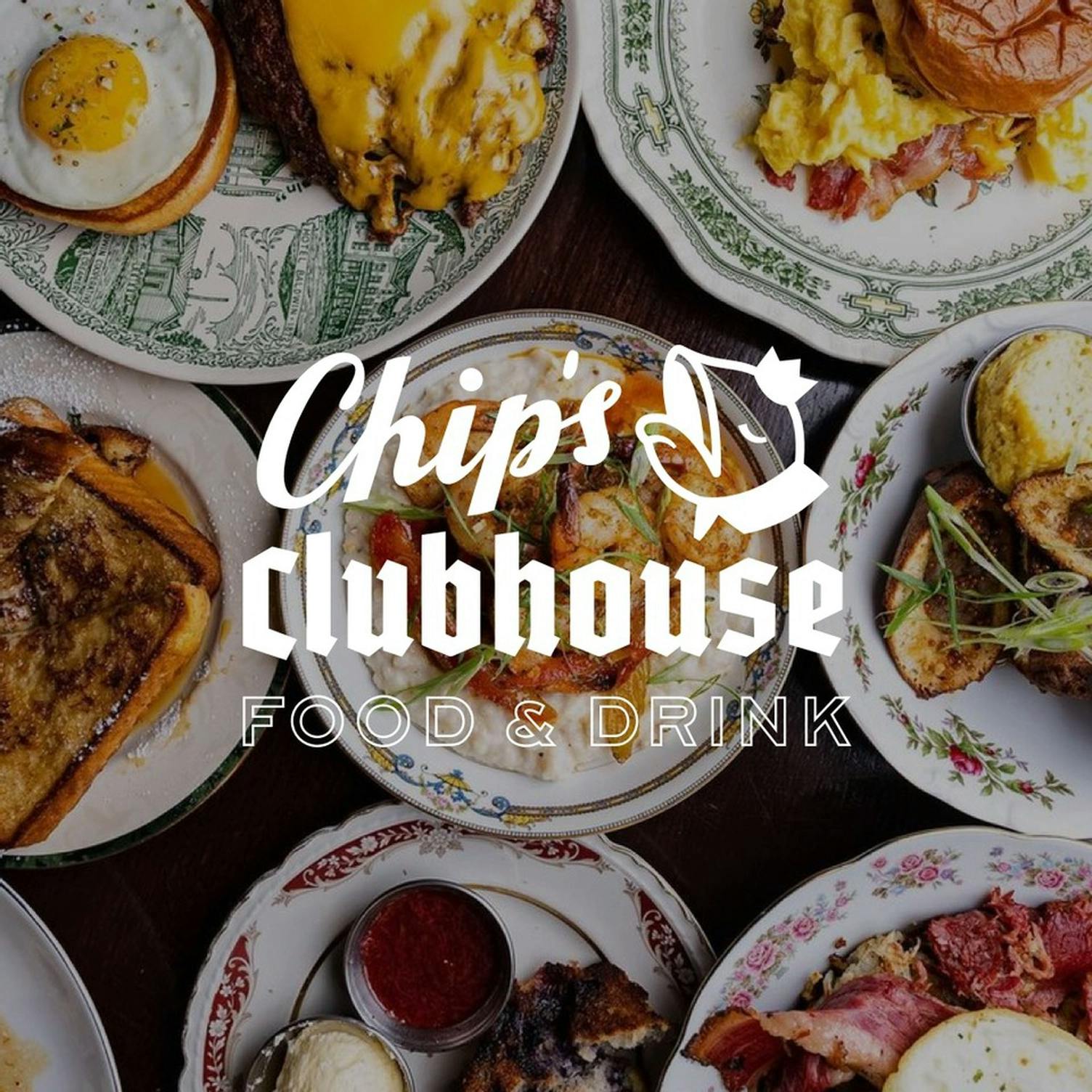
“A successful brand identity communicates what the business or person does in both, a memorable and simple way. It’s distinctive from the market but also feels appropriate to the subject matter and the values they are trying to showcase. No longer are we creating one perfect logo that shows up the same on every billboard, now we need to communicate a brand in a 50×50 pixel avatar.”
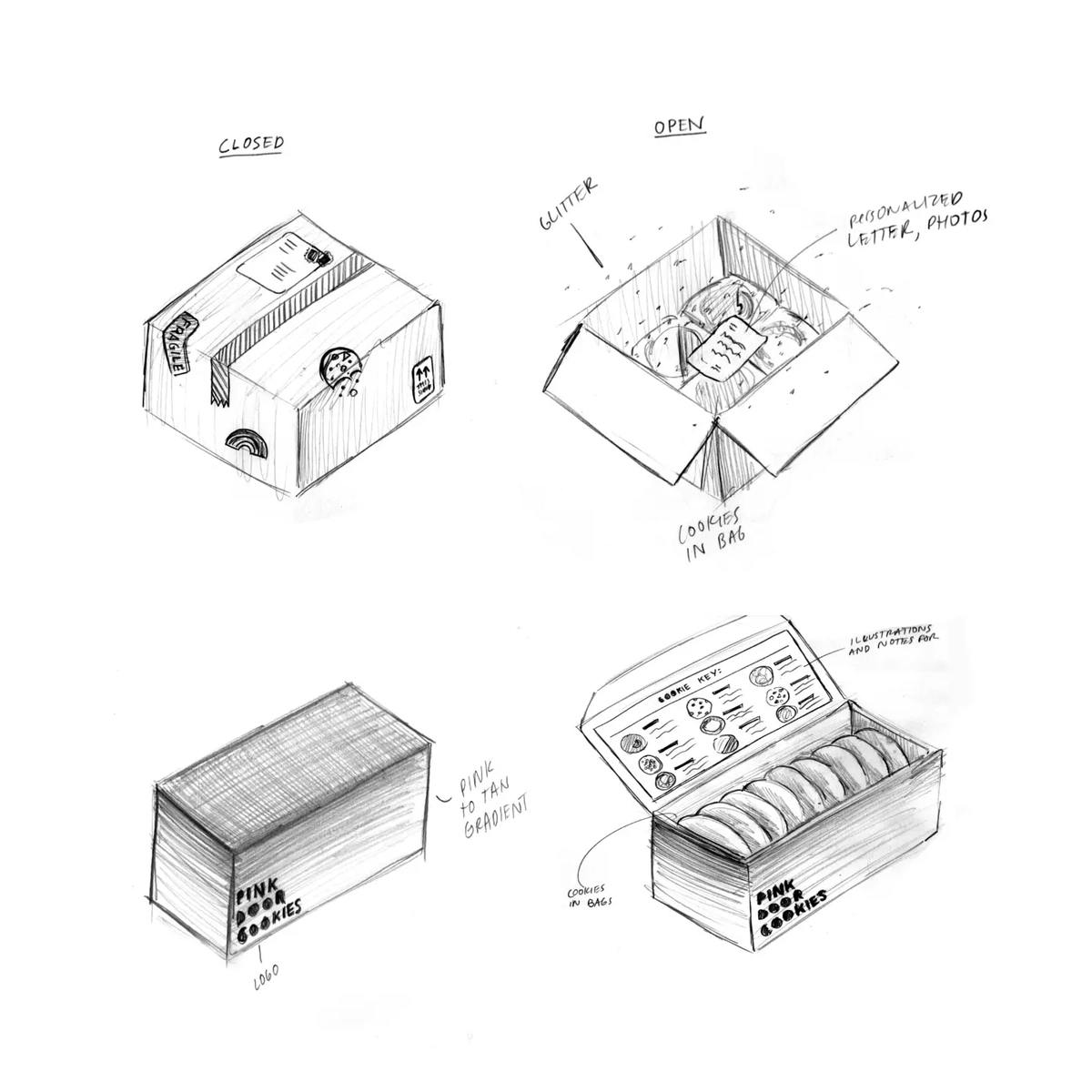
Gage Salzano: Brand identity because it’s building a whole new visual world and structure that the other disciplines build onto. It’s also the most challenging because it’s such a big decision for the client.
Gage Salzano: To me, this is a philosophy you adopt when thinking of branding for the modern age. No longer are we creating one perfect logo that shows up the same on every billboard, now we need to communicate a brand in a 50×50 pixel avatar. Designing a brand system is coming up with a visual language that you could express through color, tone, typography, shape, and layout where everything feels unified, and the logo is just one part of it.
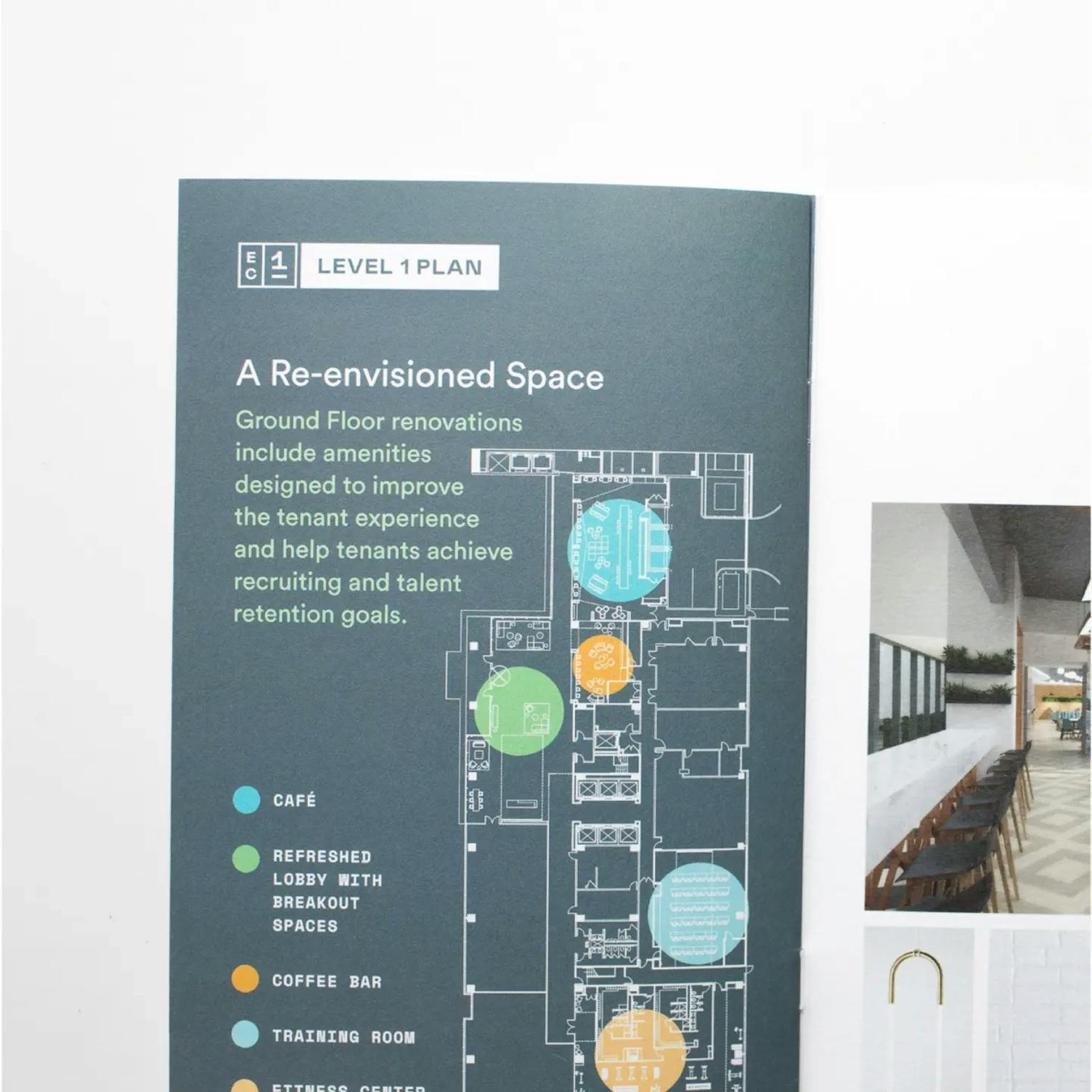
Gage: It’s really important to know the audience you’re trying to speak to what their wants/needs are, what publications they read, and any insider knowledge or industry-specific jargon to avoid speaking down to or insulting anyone’s intelligence. If you have access to the founders, I find that they frequently have a deep understanding of their audience. However, most of the time, you don’t, so it’s crucial to conduct your research or collaborate with a member of the founders’ staff to figure out who these people are.
Sometimes this approach will reveal that perhaps they are trying to communicate to too many audiences at once, and this promotes a dialogue to prevent developing something so broad that it doesn’t speak to anyone. This research alongside other elements like mood/style board inspiration becomes a compass you keep coming back to, to make sure the design is appropriate.
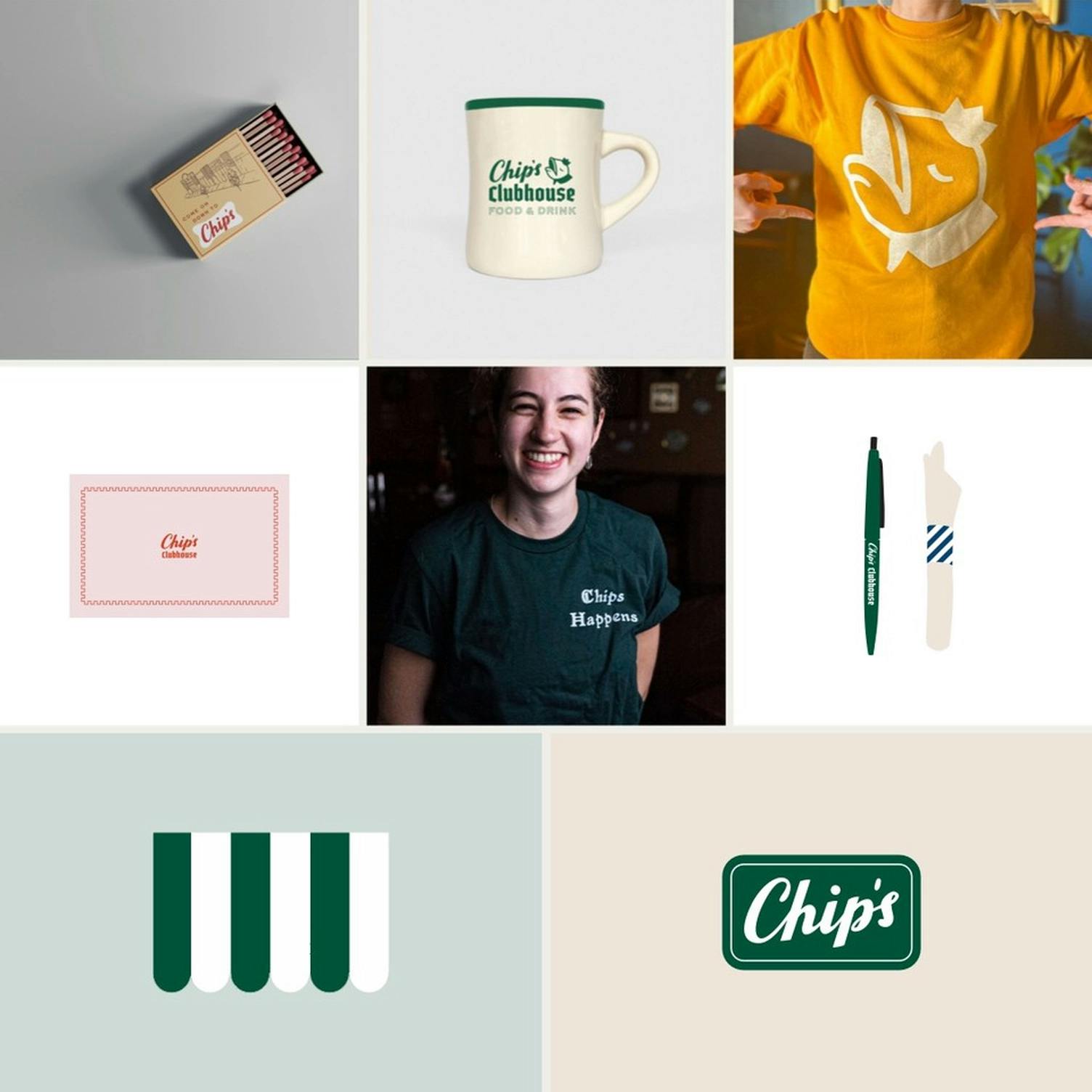
Gage: This is where I feel my background in web design has helped me: if you think about designing for the web everything needs to be flexible and responsive to various screen sizes and app formats and to allow for the content to evolve and grow not only spatially but over time. I look at branding in this way as well where a brand identity system needs to be flexible enough to accommodate services, sub-departments, and new products in addition to translating well from a 50px avatar to a 50ft billboard. Talking to a client to understand not only what they need this brand to solve today but also where they see themselves in the future helps to set some framework for how to design a system in which they can grow into.
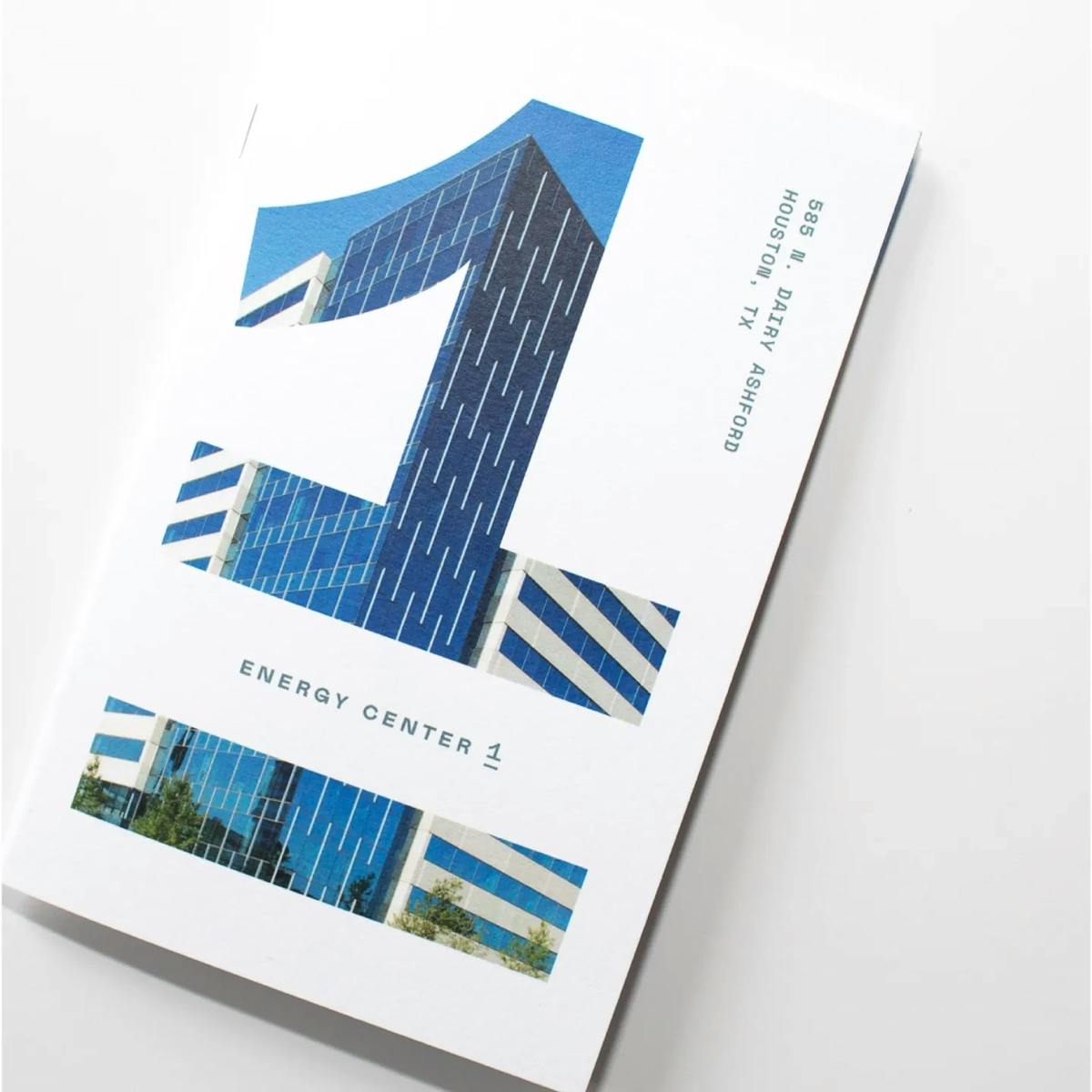
Gage Salzano: There are many that I might come up with for a specific project type or need, but some of the fundamental questions we ask every time and every client are:
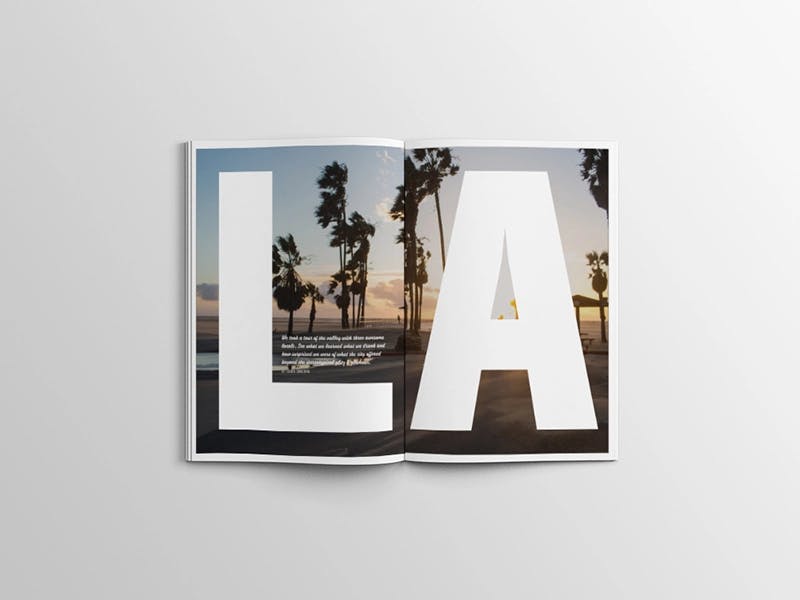
Gage Salzano: Most designers will tell you they don’t have a style, but honestly I think that’s kinda baloney 😂.
Everyone has a certain approach or style that they excel at, tend to slip into, or that clients seek out, and it is the designer’s responsibility to break free of that when beginning a new project. This comes from good research, exploration, and having honest peers, friends, and colleagues around you to gut-check you. I’m lucky that I have a really smart and discerning wife who helps me when I’m getting a little too creative. 😀
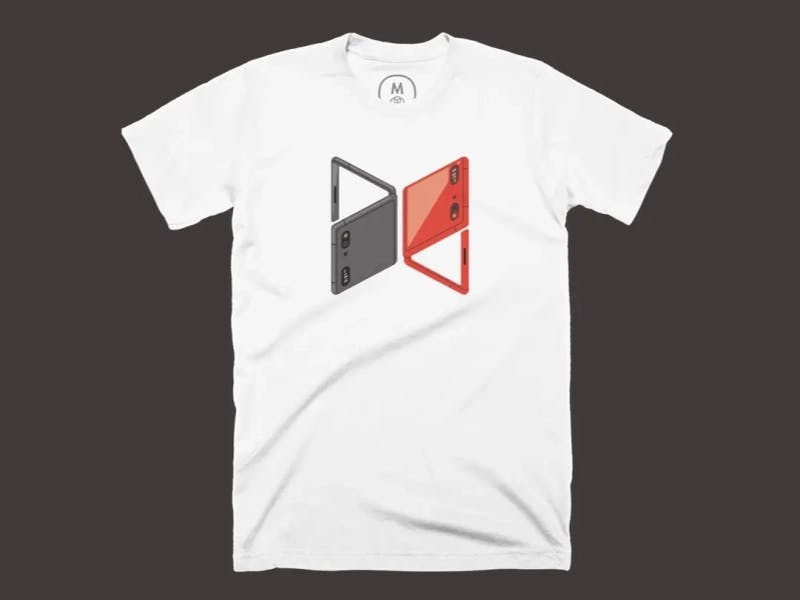

Gage Salzano: Designing within an existing system is more of a surgical approach than an architectural one: you must thoroughly research and comprehend all of the moving pieces to determine which ones should be left alone, which ones require reimagining, which ones require tweaking, etc. In these situations more time needs to be spent upfront to understand the brand and its nuances.
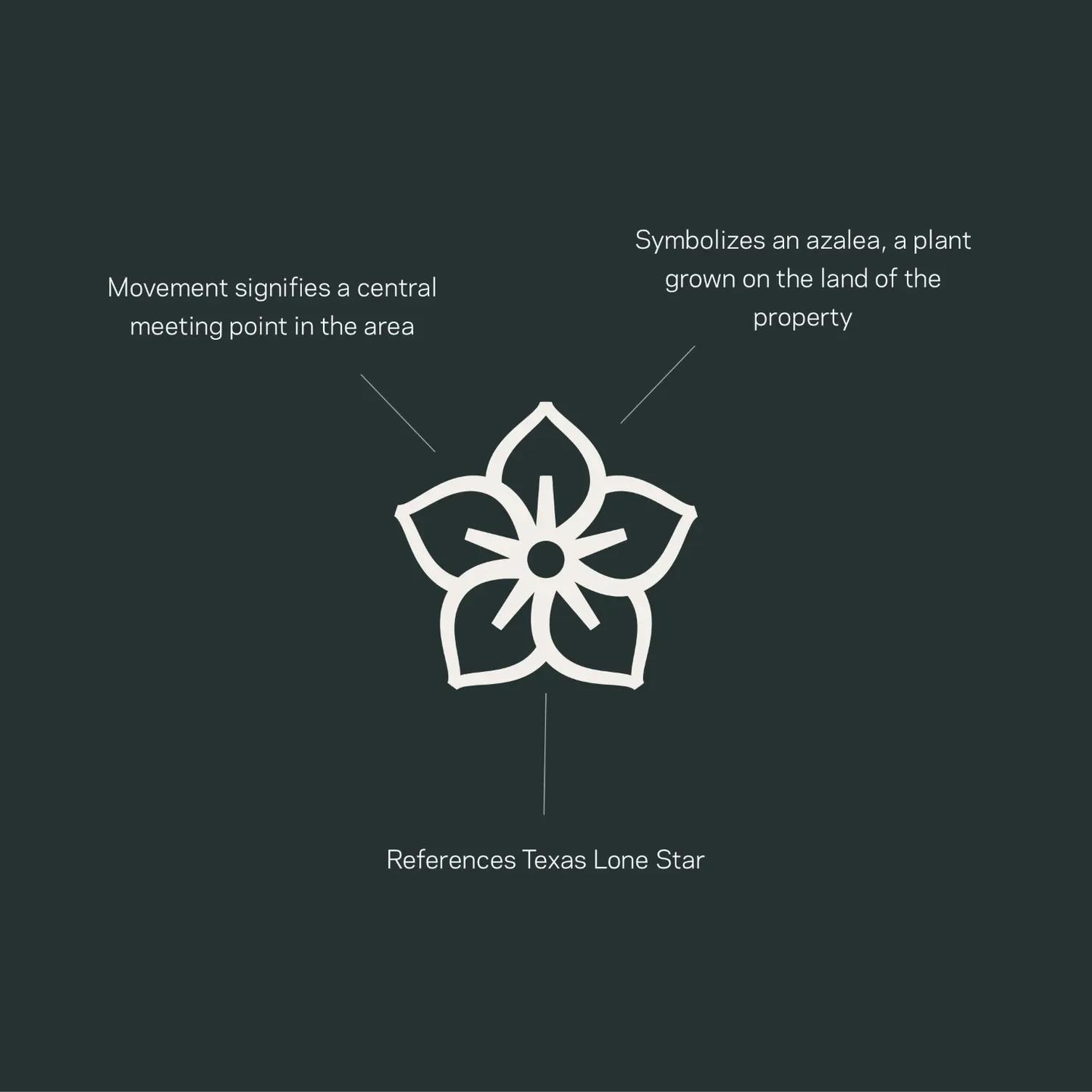
Gage Salzano: I would advise gaining experience working in a variety of studio, in-house, and agency settings first, making all of the mistakes on someone else’s dime. Once you feel that you notice a bunch of ways you would do things differently then you know you’re ready to launch your agency with a unique point-of-view.
But when you do feel that itch, go for it! It is scary at first but you’ll be amazed once you start how many opportunities you have from previous coworkers and connections that you couldn’t see when working full time.















